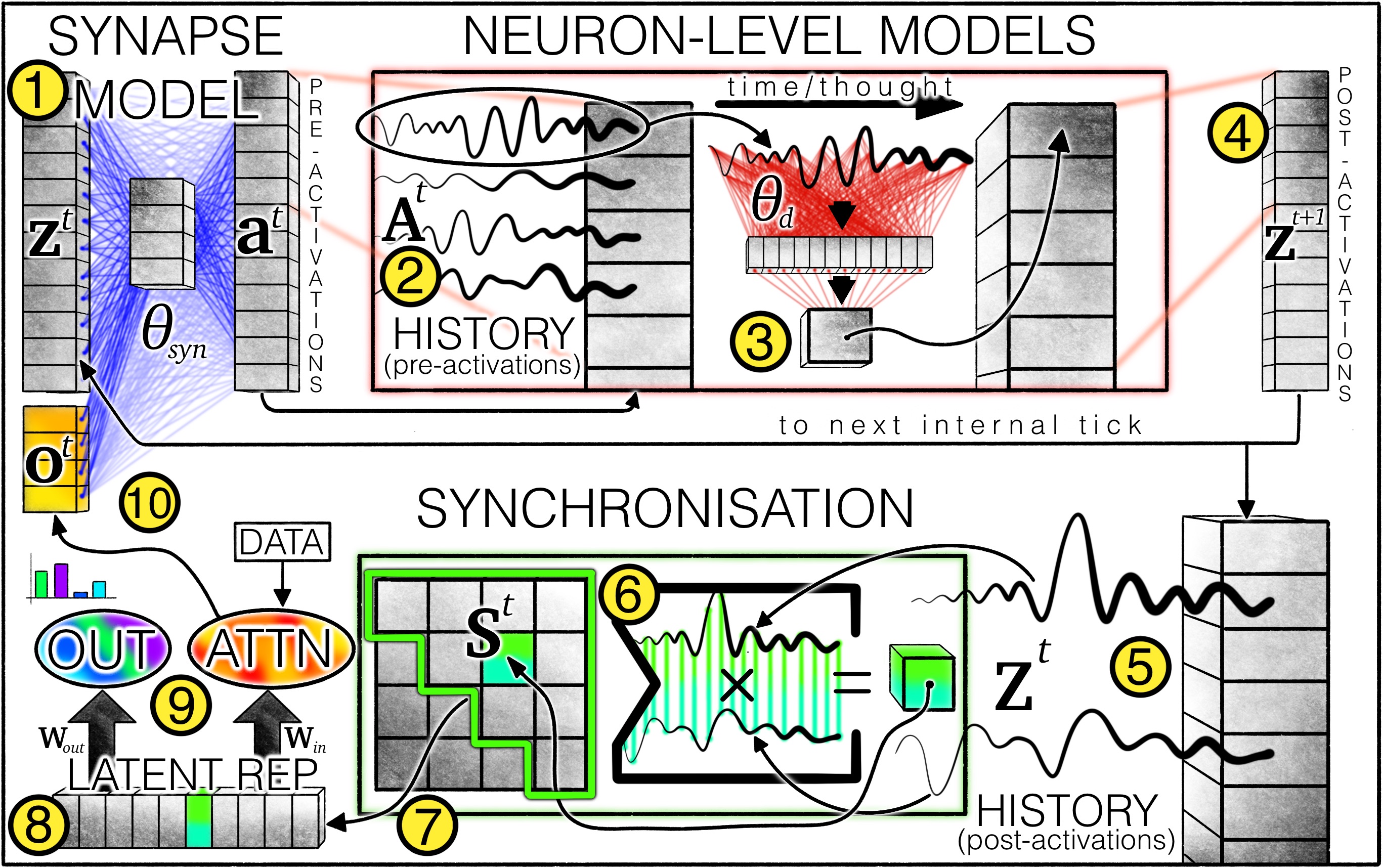
SSAI vs. CSAI: Navigating Streaming Ad Delivery Technologies
2024-04-15
In the world of digital video advertising, the efficacy of ad delivery plays a pivotal role not just in hitting sales targets but also in shaping the end-user experience. SSAI (Server-Side Ad Insertion) and CSAI (Client-Side Ad Insertion), as cornerstone technologies for video streaming ad delivery, crucially influence ad viewership and user satisfaction. This article will explore the principles and application differences between these two technologies and detail their differences on various comparison points, with the goal of enabling readers to make a more suitable technology choice based on actual needs.
Understanding SSAI and CSAI
What is SSAI (Server-Side Ad Insertion)?
SSAI is a technique where ads are integrated directly into video streams on the server-side before reaching the viewer. This process involves transcoding, encoding, and adapting to multiple streaming formats to ensure compatibility and smooth playback across different devices and network environments. One of SSAI’s strengths lies in its ability to circumvent ad blockers effectively. A major advantage of SSAI is its ability to effectively bypass common ad-blocking tools. Additionally, because the ad and the main content are provided as a single stream, buffering time is significantly reduced, thereby enhancing the user experience.

(Featuring BlendVision service as example)
What is CSAI (Client-Side Ad Insertion)?
CSAI, in contrast, dynamically requests and inserts ads on the client-side, such as in browsers or apps, through a player or ad plugins. This process is initiated by the client-side sending a request to the ad server, which then responds with the ad for the client-side to process for playback. CSAI offers high levels of personalization and flexibility but may face issues with ad loading delays or interruptions in the user experience, as well as a higher risk of ad blocking.

(Featuring BlendVision service as example)
Key Differences Between SSAI and CSAI:
Technical Implementation
- SSAI: On the server-side, ads are stitched with the main content before being delivered to the client-side for playback as normal video content.
- CSAI: During video playback, the player requests ads from the ad server at set times and inserts the received ads into specified playback positions.
Ad Blocking Countermeasures
- SSAI: Ads are transmitted as part of the main content, making it difficult for standard ad-blocking tools to identify.
- CSAI: Since ad requests originate from the client, they're more easily intercepted by ad blockers, affecting ad display rates.
User Experience
- SSAI: Ads and main content are seamlessly integrated, maintaining consistency in the viewing experience.
- CSAI: There is a clear switching time between the main content and ads, which may impact the user experience to some extent. However, client-side applications can offer greater flexibility in designing the ad experience, such as skipping, clicking, dragging, etc.
Precision Targeting
- SSAI: Compared to CSAI, which can directly send user data to the ad server for more precise target audience locking, SSAI may not be as flexible in achieving precise target audience. Additionally, SSAI operations on the server-side are more complex and require more time, making it difficult to achieve real-time personalized ads.
- CSAI: Can directly utilize client-side data to provide real-time user behavior data to the ad server, enabling real-time personalized ad content. For example, if a user just watched a video on car cleaning, the next ad that appears could be for car cleaning products.
Resource and Technical Needs
- SSAI: Requires strong server-side processing capabilities and deep control over streaming content, necessitating larger initial investment costs.
- CSAI: Executed on the client-side, making the technical implementation relatively simple for content providers.
Choosing Between SSAI and CSAI: Selecting the Optimal Streaming Ad Delivery Technology
When choosing between SSAI or CSAI as the streaming ad delivery technology, it's important to consider the target user experience and the reliability of the ad delivery. SSAI offers high reliability and a unified user experience through server-side processing, particularly fitting for live streams or high-quality content requirements. Conversely, CSAI stands out in scenarios that call for highly personalized advertisements and the ability to quickly adapt to changes in content. Moreover, for those aiming to minimize ad blocking interference, SSAI emerges as a preferable choice. Making an informed decision on the ad delivery technology that best fits various scenarios, based on precise requirements, is key.
Understanding these subtle differences can help make a more appropriate choice, thus ensuring a high-quality user experience while maximizing ad effectiveness. Whether choosing SSAI, CSAI, or a combination of both, professional technical support like BlendVision can help advertisers tackle technical challenges, allowing them to focus on achieving business goals.
LET'S TALK!
Interested in a demo, free trial, or pricing? Fill out the form, and one of our consultants will get in touch to assist you.
Related Articles

Empowering SI Partners with Seamless API Integration and AI Video Analysis: The BlendVision Advantage
BlendVision enables SI partners with developer-friendly APIs, AI video analysis, and secure VOD/DRM tools. Build faster, smarter B2B SaaS solutions with BlendVision.

CTM vs GPT: A New Chapter in AI and What It Means for the Future of Enterprise SaaS
Discover how Sakana AI’s CTM (Composable Thought Model) compares to GPT and why it could redefine modular AI for enterprise SaaS platforms. Learn what it means for your business.

Why Enterprises Need Stronger DRM: A Deep Dive into Content Protection with BlendVision
Learn what DRM is, why Indian enterprises need it, and how BlendVision’s multi-DRM solution protects video content across platforms. From edtech to OTT, discover the smart way to prevent piracy.

